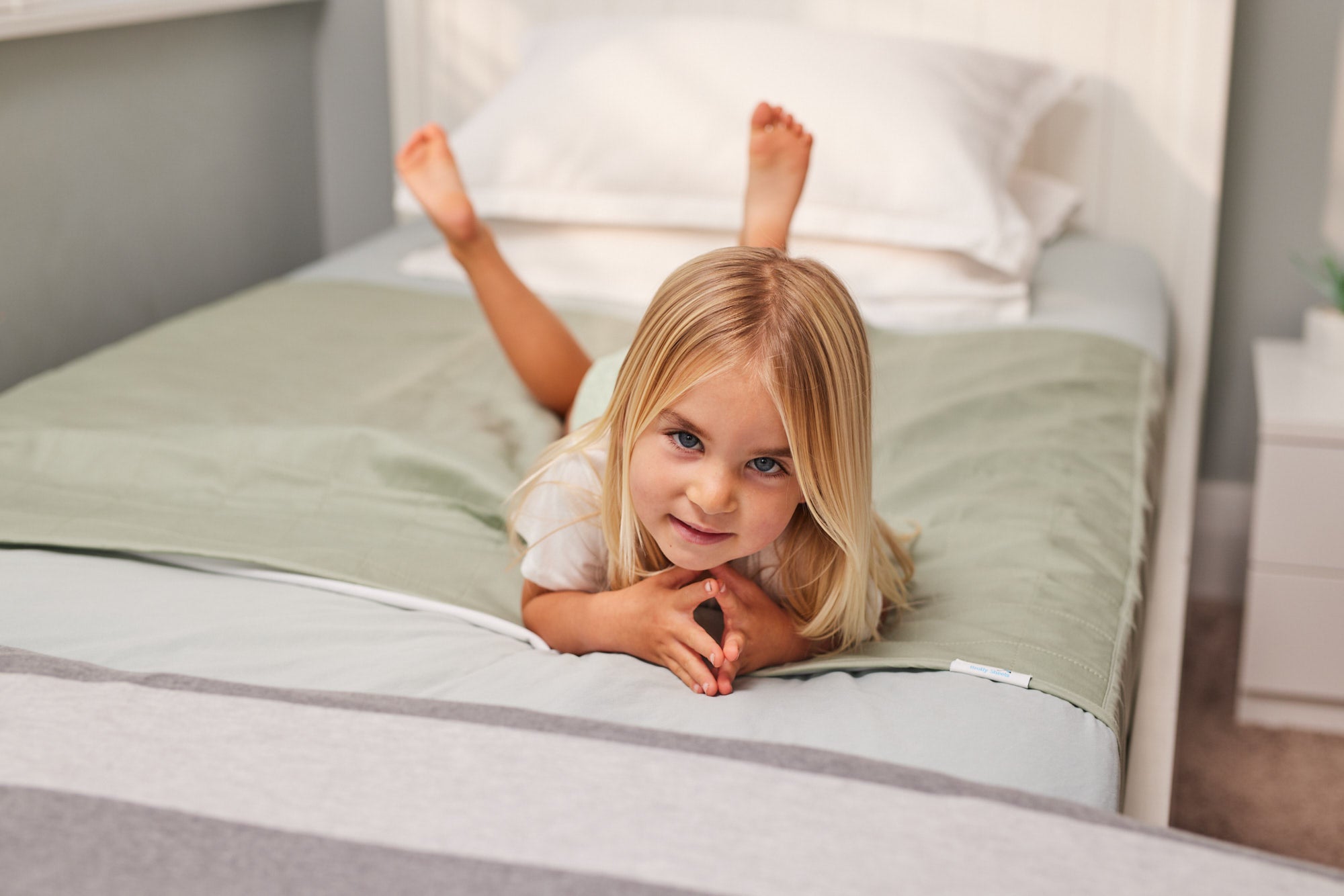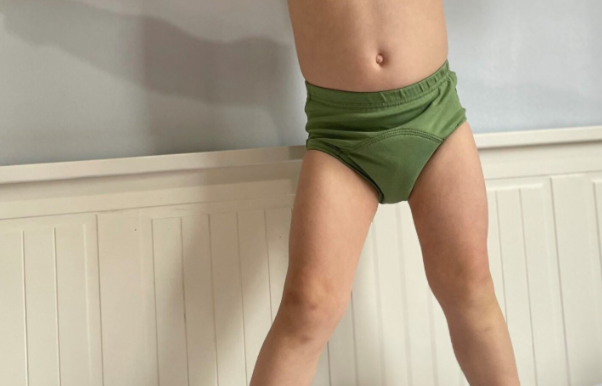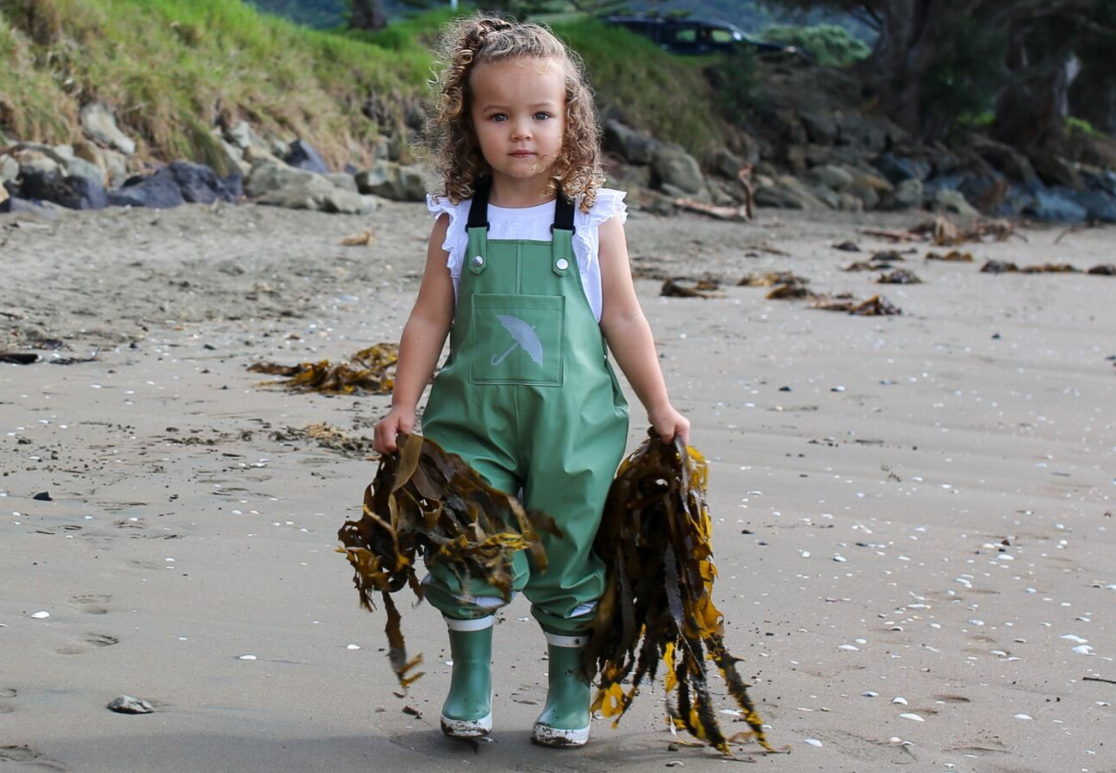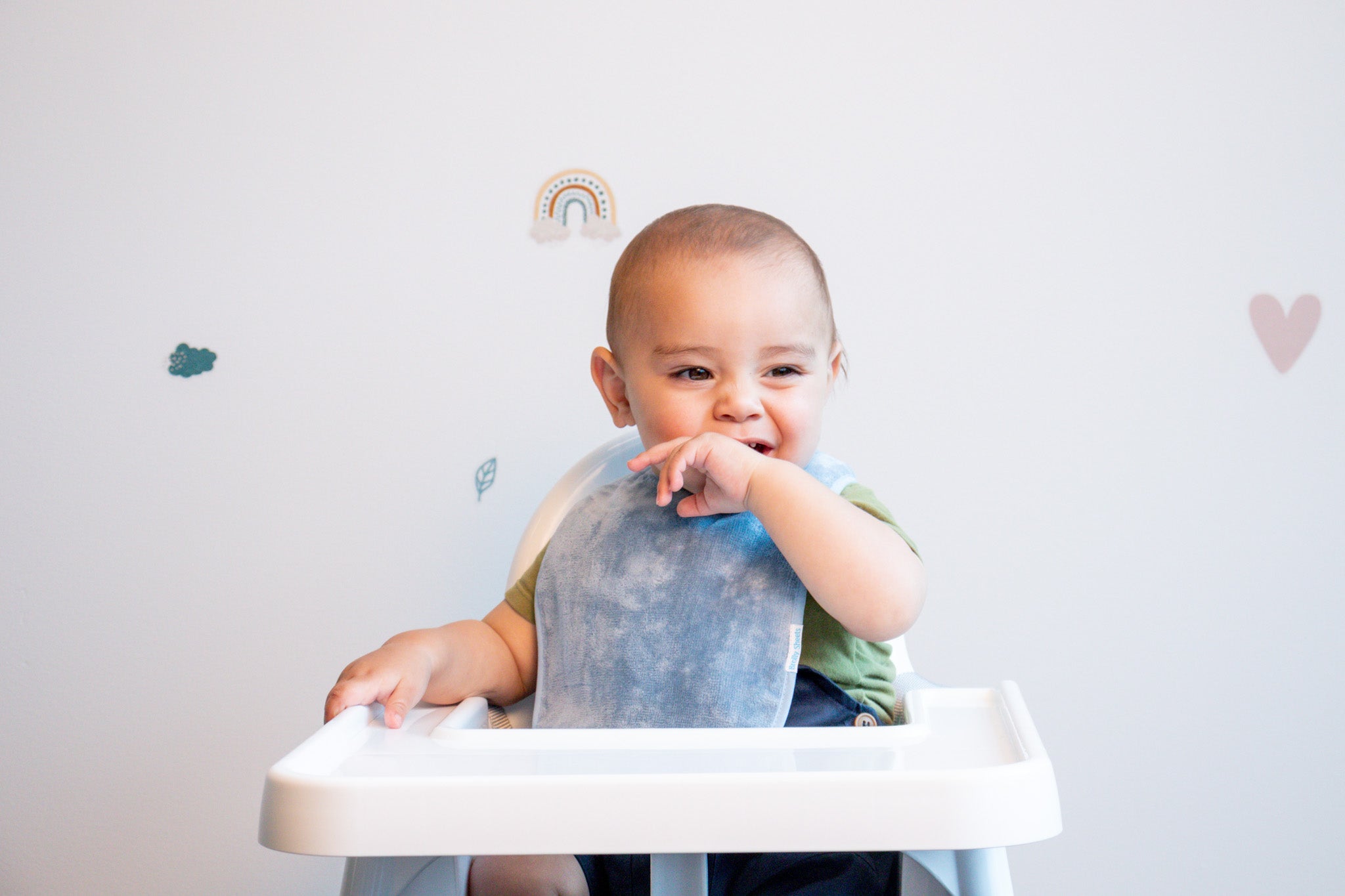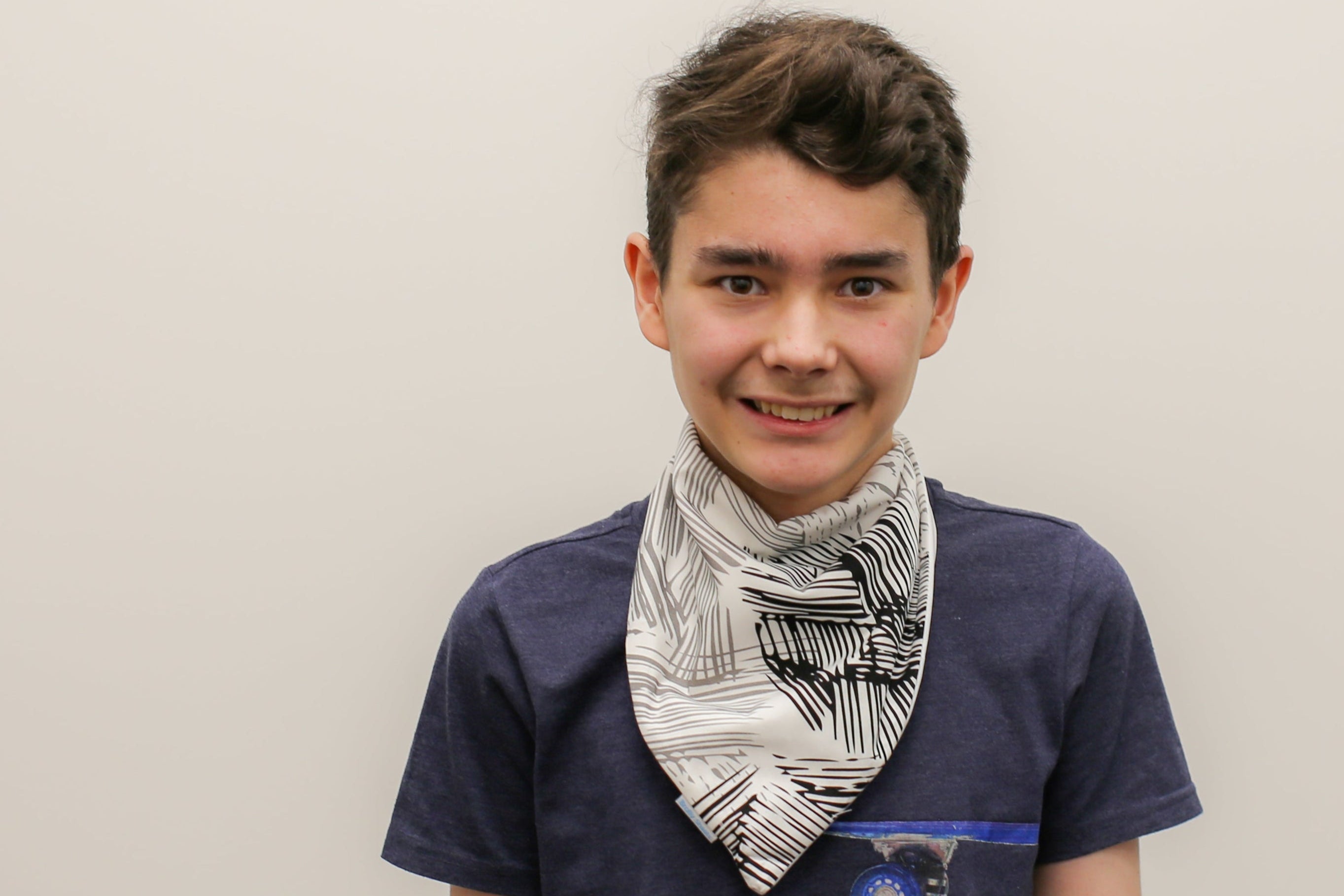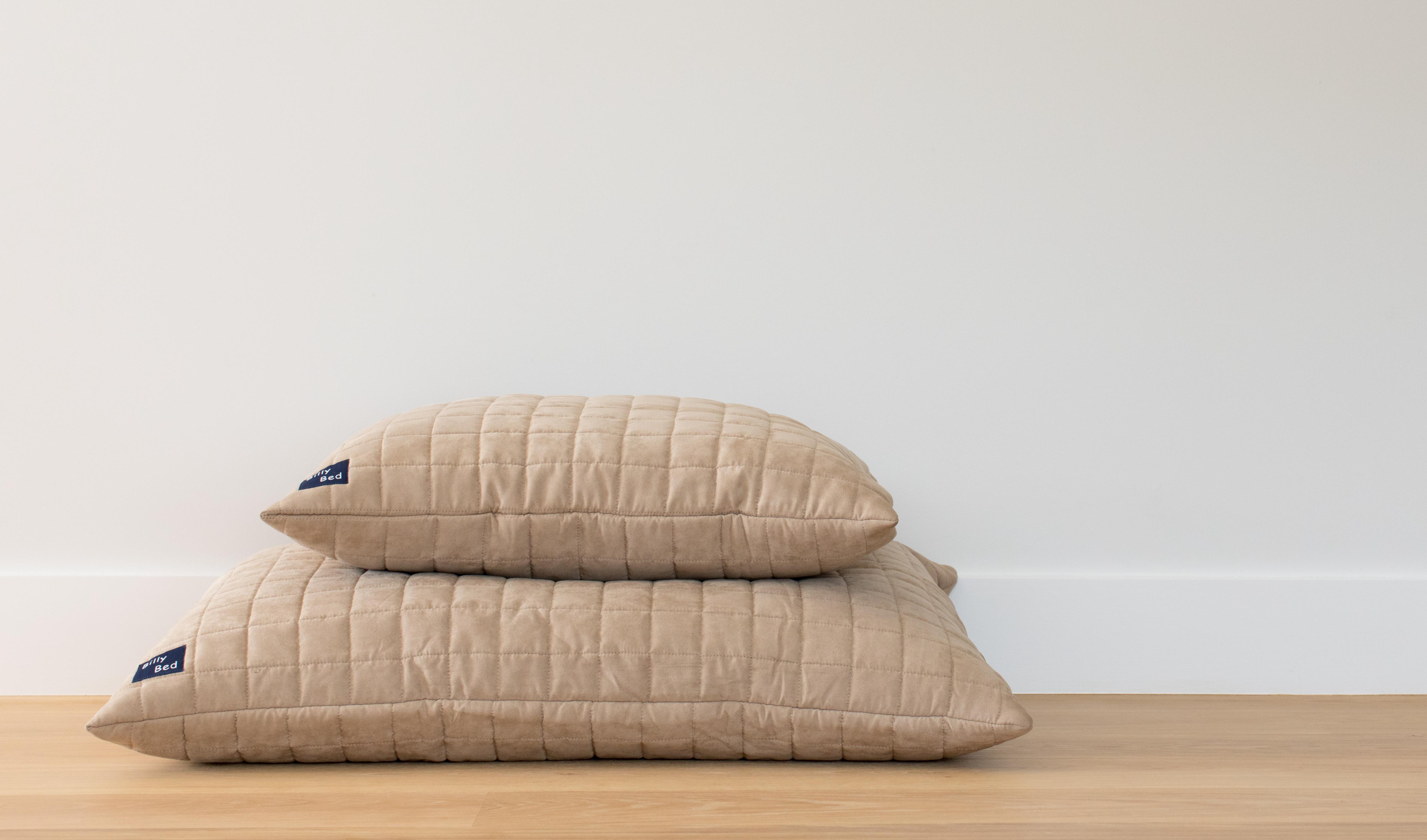
5 Tips on Toilet Training a Child with Autism
Moving from pullups to undies can be challenging for any child. Toilet training a child with autism is even harder. Learning all the steps needed to use the toilet successfully, as well as developing awareness of a full bladder or bowel are some of the many difficulties children with autism face.
Here's Some Tips to Help with Toilet Training a Child with Autism
Autism spectrum disorder is wide and varied, but in general terms, autistic children have difficulty with change, routines, communicating their needs and interpreting those of others. When it comes to potty training, the thing to remember is that it takes time and a great deal of patience.
Five ways you can help your child are:
-
Avoid potty training altogether. It may be useful to move straight from nappies to a real toilet. Having to learn to use a potty and then to use a toilet, may be too much change for your child. By putting your child onto a toilet training seat, you are omitting the potty and the need to ‘upgrade’ to the toilet as they grow.
-
Upgrade to underwear, not pullups. Modern disposable nappies are very good at doing their job. Some might say too good. They whisk away the wet feeling caused by urine, not letting the child feel the wetness and identify it with the need to use a toilet.
-
Use visual cues. Many children with ASD struggle to understand others and communicate their feelings. Pictures can help children follow and achieve each step needed to use a toilet. For instance, pull down your pants, sit on the toilet, wipe until clean, stand up, pull up undies, flush toilet and wash hands.
-
Minimise your response to accidents. They’re going to happen. Wees and poos will be found in all sorts of places. The key is to not to get upset by it and use it as an opportunity to again reinforce the use of the toilet instead of their underwear.
-
Create a pleasant and practical toilet space. Make your toilet area as child friendly as possible. This includes using footstools, hand rails, a smaller toilet seat and soap at their own level. Encouraging independence right from the start will help develop good life long toileting behaviours.
If your child is not showing interest in using the toilet, now probably isn’t a great time to start toilet training. Be guided by what they are showing or telling you, rather than what other ‘helpful’ people are saying.
Read more about Autism and Children

